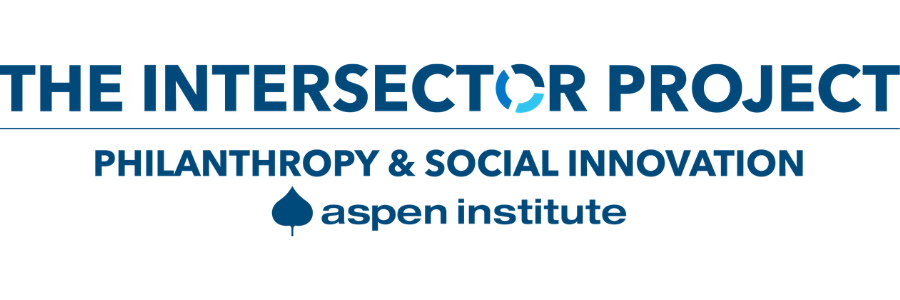“Reducing the Risks of Catastrophic Wildfires in Flagstaff”
Years of wildland fire suppression in the Southwest has left many forests with unnaturally high levels of forest fuels, such as dense undergrowth and thick litterfall. In 2010, a wildfire north of Flagstaff, Arizona, caused more than $150 million in combined suppression and recovery costs. Recognizing the need for preventative action, a partnership among the city, county, state, and federal governments, with support from local non-profit and for-profit organizations, resulted in the Flagstaff Watershed Protection Project (FWPP) whose goal is to mitigate the risk of potentially devastating wildfires in Flagstaff’s critical watershed areas. The ability of FWPP managers to actively acknowledge conflicting viewpoints and incorporate community members’ suggestions into the protection plan has been key to the project’s community support and cross-sector buy in. For example, one of FWPP’s tactics for mitigating risks includes thinning out dense forests. Some environmental groups, however, have raised concerns over tree thinning activities and their effect on habitat availability for endangered Mexican spotted owls. Rather than ignore these groups, the FWPP held meetings to hear and respond to their concerns, and to correct any miscommunication and erroneous information that was shared. This open flow of information created a strong interdisciplinary understanding of forest restoration, fostered mutual respect among stakeholders, and encouraged comprehensive restoration policies.

